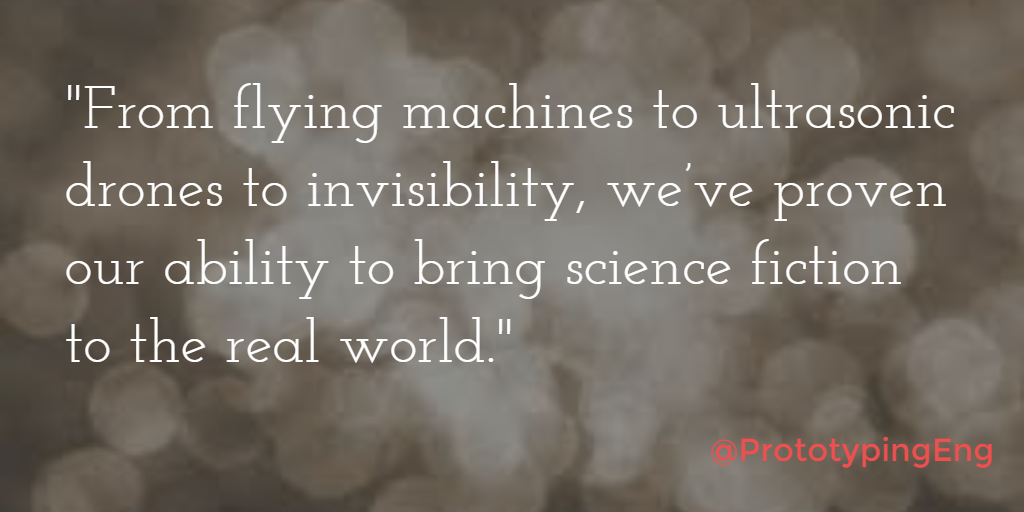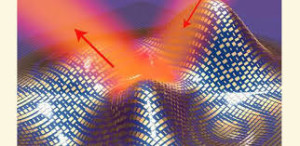The Invisibility Cloak Steps Into the Light


We humans have long hailed ourselves as the most evolved, most intelligent, most all-around-awesome species ever to walk the earth. And, okay, to be fair, we are pretty darn impressive. Thumbs, speech, logic, and the ability to make fire and build skyscrapers—we’ve got a whole lot that separates us from the rest of the animal kingdom. However, there is one thing we have yet to master—one thing that tops the list of “things we wish we had”—invisibility. A number of other organisms have become virtuosos of invisibility, camouflaging their bodies to mimic other species and their surroundings. And we are so freakin’ jealous.
Until now.
Scientists at the US Department of Energy and UC Berkeley have developed technology for a super-thin material that can actually hide an object from visible light. The material has a long way to go before it can be considered a full-fledged invisibility cloak, but we’d like to officially notify the chameleons, octopi, and jellyfish of the world to enjoy the spotlight while you still can: We’re coming for you.
Invisibility as a “Mirror Effect”
The scientists, working at the Lawrence Berkeley National Laboratory, assembled their material by weaving microscopic nanoantennae into the ultrathin skin of an electromagnetic metasurface. This became an 80-nanometer-thick sheet that could be placed over an object; the first “object” they chose was a cluster of bumpy, mountainous cells. When placed over the cells, the magnetized sheet redirected all visible light waves, making the object appear smooth and flat (like a mirror) to the human eye. When the scientists reversed the polarity of the nanoantennae, the object became visible again. It’s easy to imagine this technology placed over a larger surface (a person, for example); the redirection of light waves would totally disguise the wearer, just as it did the cluster of cells.
From Science Fiction to Science
There has always been a connection between science fiction and actual science. The two often feed into and from each other. From flying machines to ultrasonic drones to 3D-printed hands, we’ve proven our ability to bring science fiction to the real world. Scientists are now close to pulling the abilities of The Invisible Man and Harry Potter’s invisibility cloak out of our imaginations and into reality.
 “I Solemnly Swear I Am Up to No Good”: Relevant Questions about Invisibility
“I Solemnly Swear I Am Up to No Good”: Relevant Questions about Invisibility
Considering this technological leap, we now face the ethical and utilitarian questions of invisibility: What should it be used for? Who should be allowed to use it? Should there be legal stipulations to using the material? How should (or could) invisibility be monitored? There are obvious militaristic applications (real-life Predator, anyone?), and understandably, other fields may soon become interested in this technology. More information can be found in Science.
What complications do you see with invisibility technology and how would you recommend resolving them? What is the first thing you would do with an invisibility cloak?


